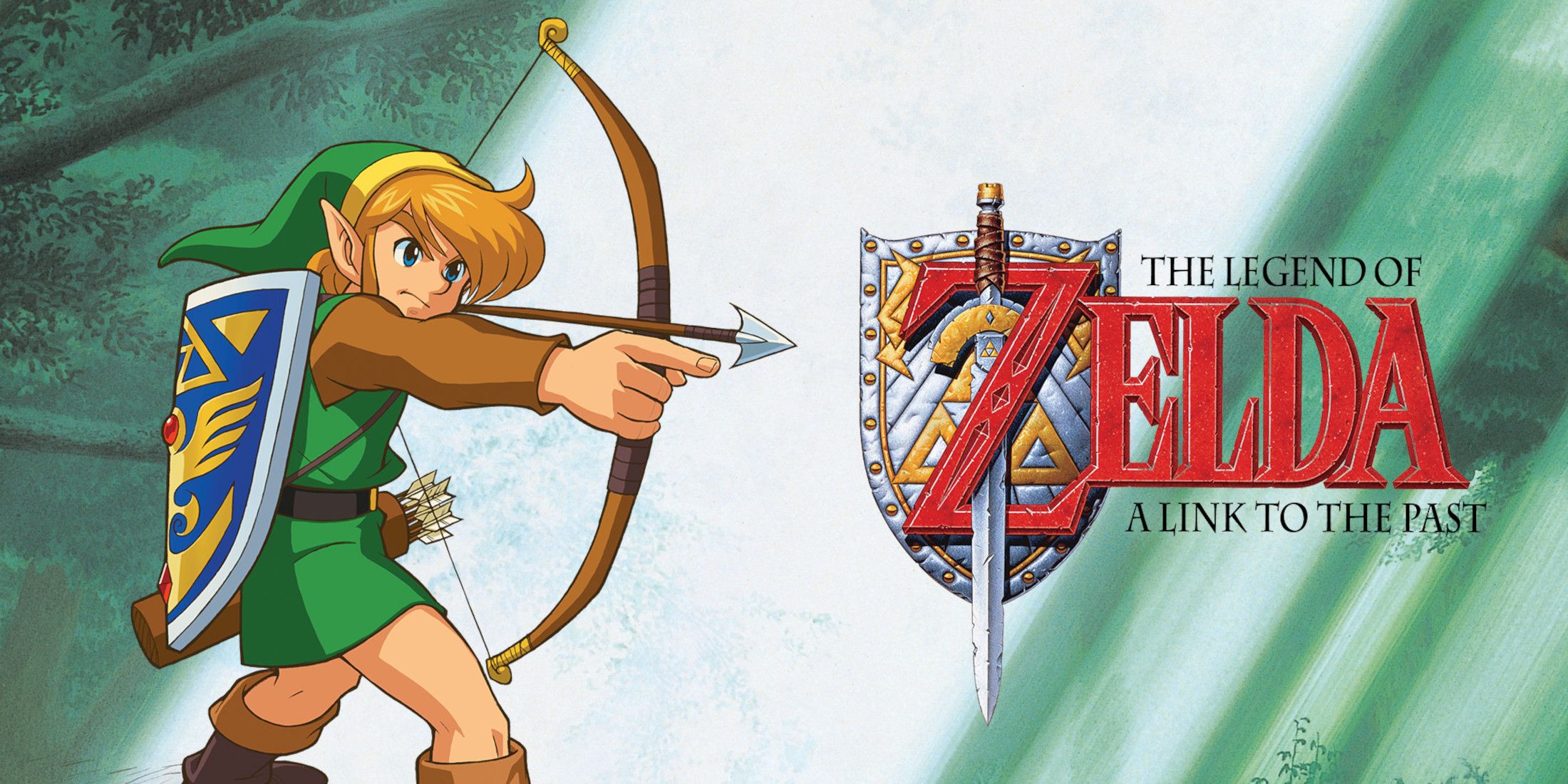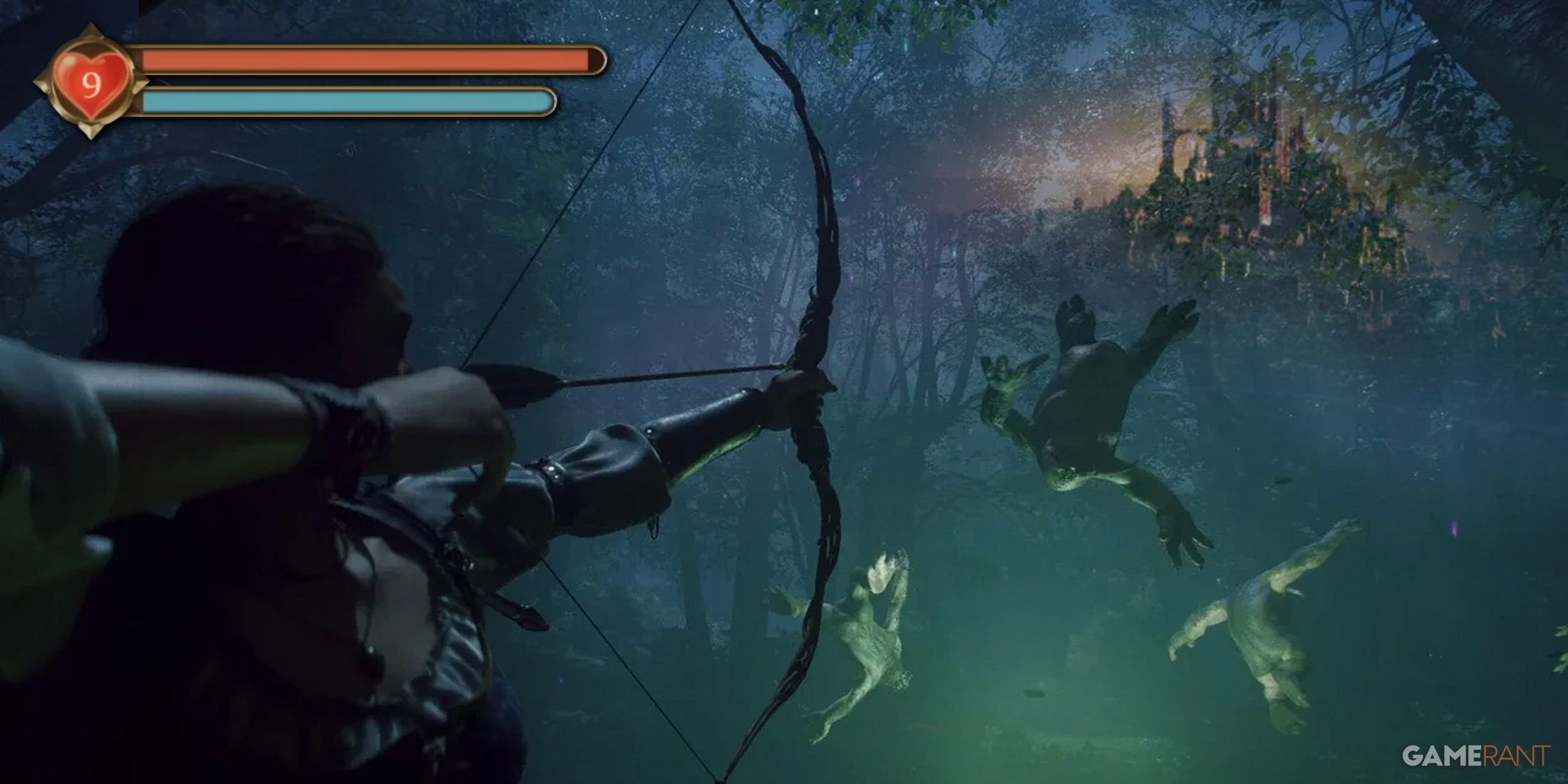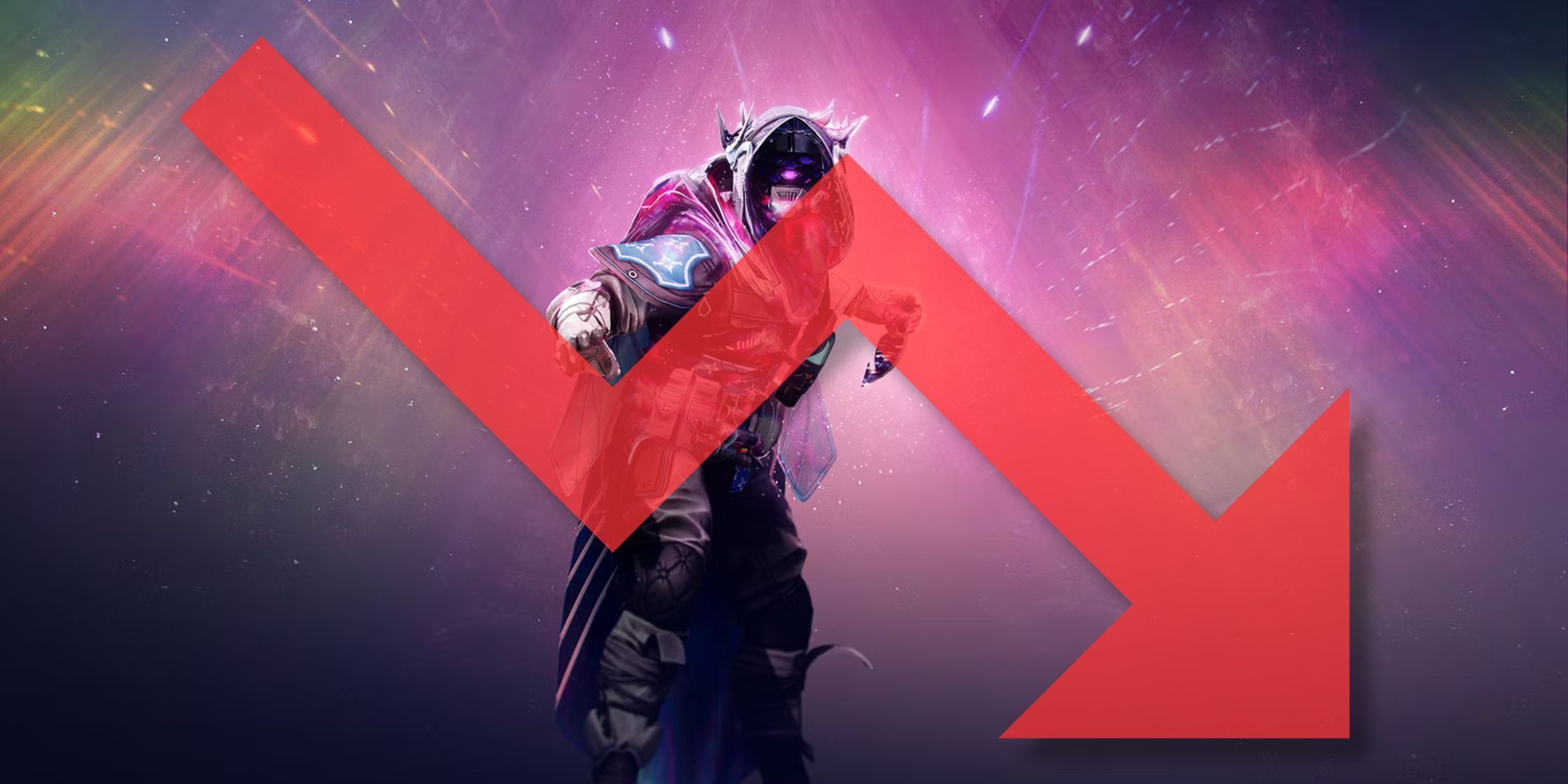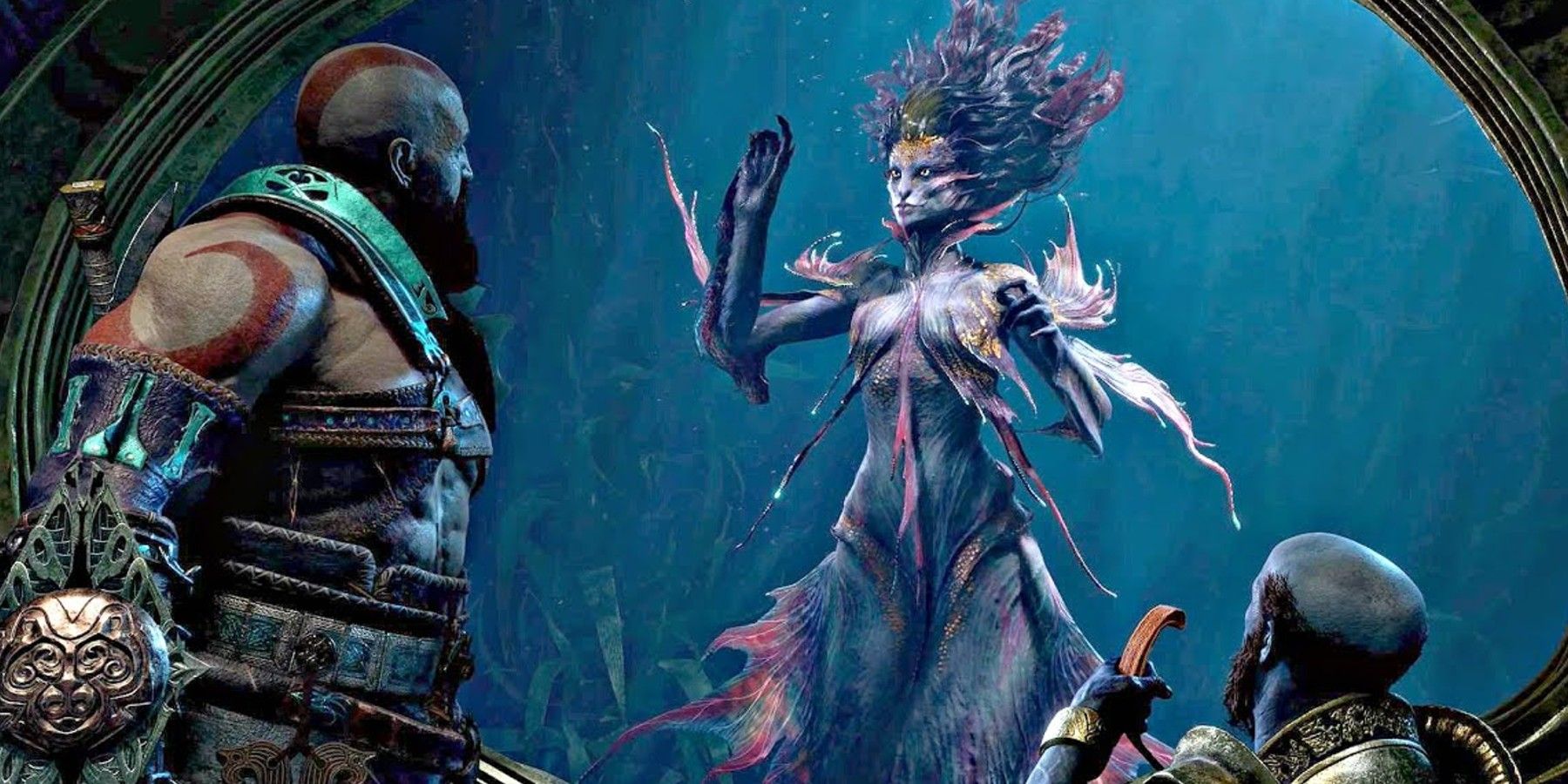God of War Ragnarok throws more elements of Norse mythology at the player than they can count. Along with kelpies, gigantic wolves, and Odin's crows, God of War Ragnarok introduces a mermaid in its world, which doesn't seemingly fit with the rest of its Norse mythology influences.
A popular staple of folklore from around the globe, mermaids don't necessarily belong to any one culture's mythology. Mermaids are one of the most popular mythical creatures across the globe, appearing in many forms such as the traditional half-human, half-fish variation, and the Siren form which is most often associated with Greek mythology. While the rest of God of War Ragnarok's creatures all have clear origins in Norse mythology, mermaids don't fit in quite as seamlessly as the rest.
How a Mermaid Fits in With God of War Ragnarok's Norse Mythology
While God of War Ragnarok's mermaids don't come directly from Norse mythology, there are two giants from the source material that could have been used to influence the creatures' presence in the game. Named Aegir and Ran, these married giants lived in a grand temple under the sea. Much like the rest of Norse mythology, Aegir and Ran are both two sides of the same coin, joining together to create balance. While Aegir represents the ocean and all of its tranquility, beauty, and calm, Ran represents the danger of water and its terrifying, unknown depths.
In many ancient Norse poems, Ran is often associated with enticing sailors to join her in the water, before grabbing them and diving down to the depths of the ocean's floor, drowning them in the process. Despite Ran's interference with humans and the tensions between the races, the two giants are actually quite close with the Aesir gods. Odin and the rest of his cohort are often seen joining Aegir and Ran for their huge feasts under the waves. In particular, the Aesir gods come to the couple's feasts to enjoy Aegir's ale, which he imbues with ancient magic to improve its taste. Odin often uses these feasts as an opportunity to learn more about Aegir's magic, which he then attempts to use back in Asgard.
Together, Aegir and Ran have nine daughters, all of which are considered to be spirits of the sea, each representing a unique quality of the ocean. For instance, Bylgja represents the waves, Drofn represents sea foam, Kolga represents cold water, and Hefring represents the lifting of the ocean. During the age of the Vikings, tributes would often be offered to the nine maidens, Aegir, and Ran in exchange for safe passage across the seas.
In some interpretations of Norse mythology, it is believed that Odin fell in love with all nine of Aegir and Ran's daughters, and produced one child with all nine. In some versions of the mythology, this child with nine mothers is actually Heimdall, who goes on to be the Watchmen of the Gods, and defender of Asgard, protecting the Bifrost Bridge against any intruders. It's more than possible that Santa Monica Studios used the mythology of Aegir, Ran, and their nine daughters to influence the inclusion of a mermaid-like creature in God of War Ragnarok, though its actual role in the game's story doesn't really share any resemblance with the beings in mythology.
God of War Ragnarok is available now on PS5 and PS4.





.jpg)